Tag: inspiration
-
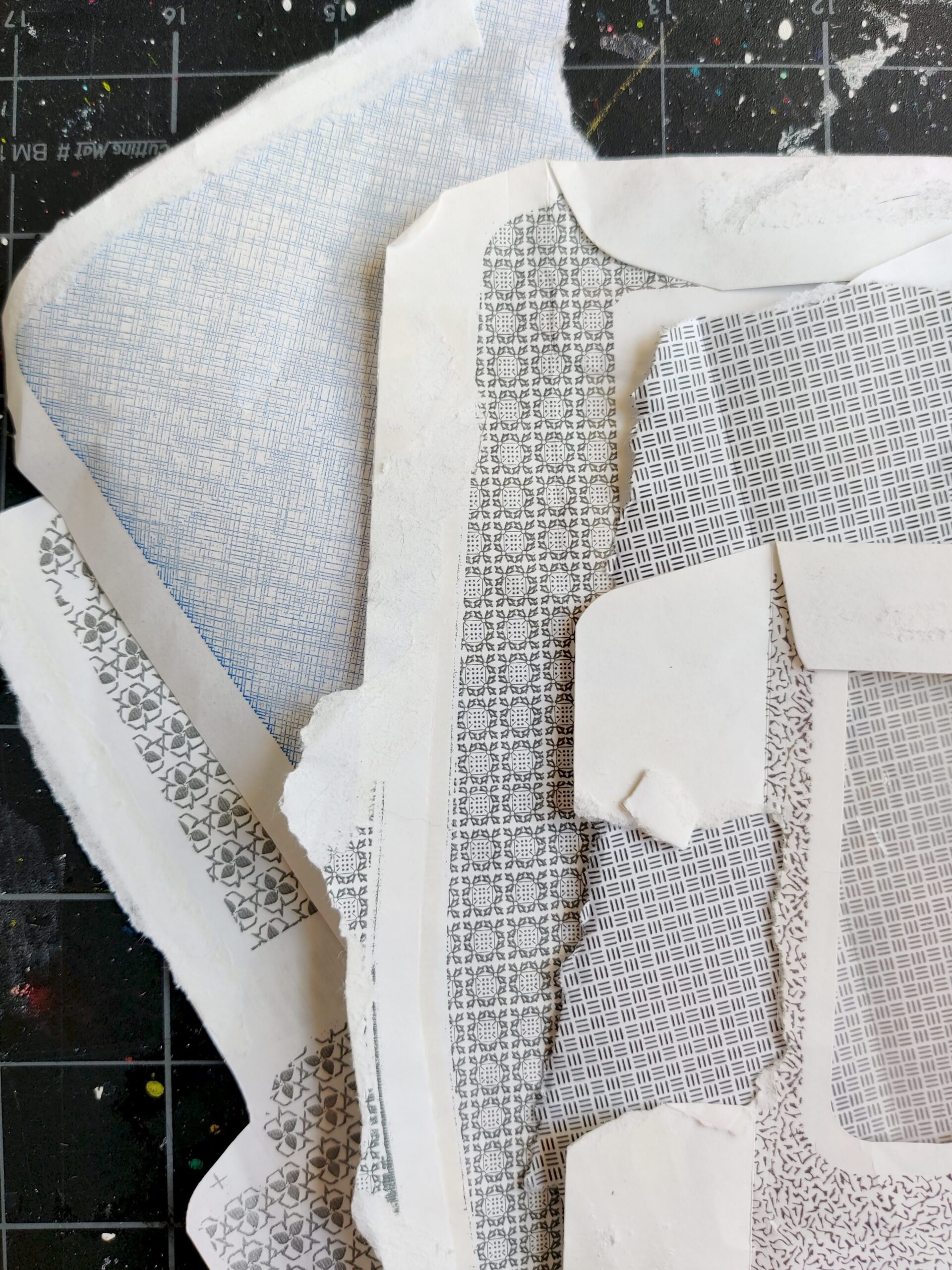
Security Envelopes
•
I use a variety of papers in my collage foundations for my art. One of favorites is security envelopes: they’re free in abundance (hello, junk mail), come in a variety of color and pattern, and add great texture to a collage.
-
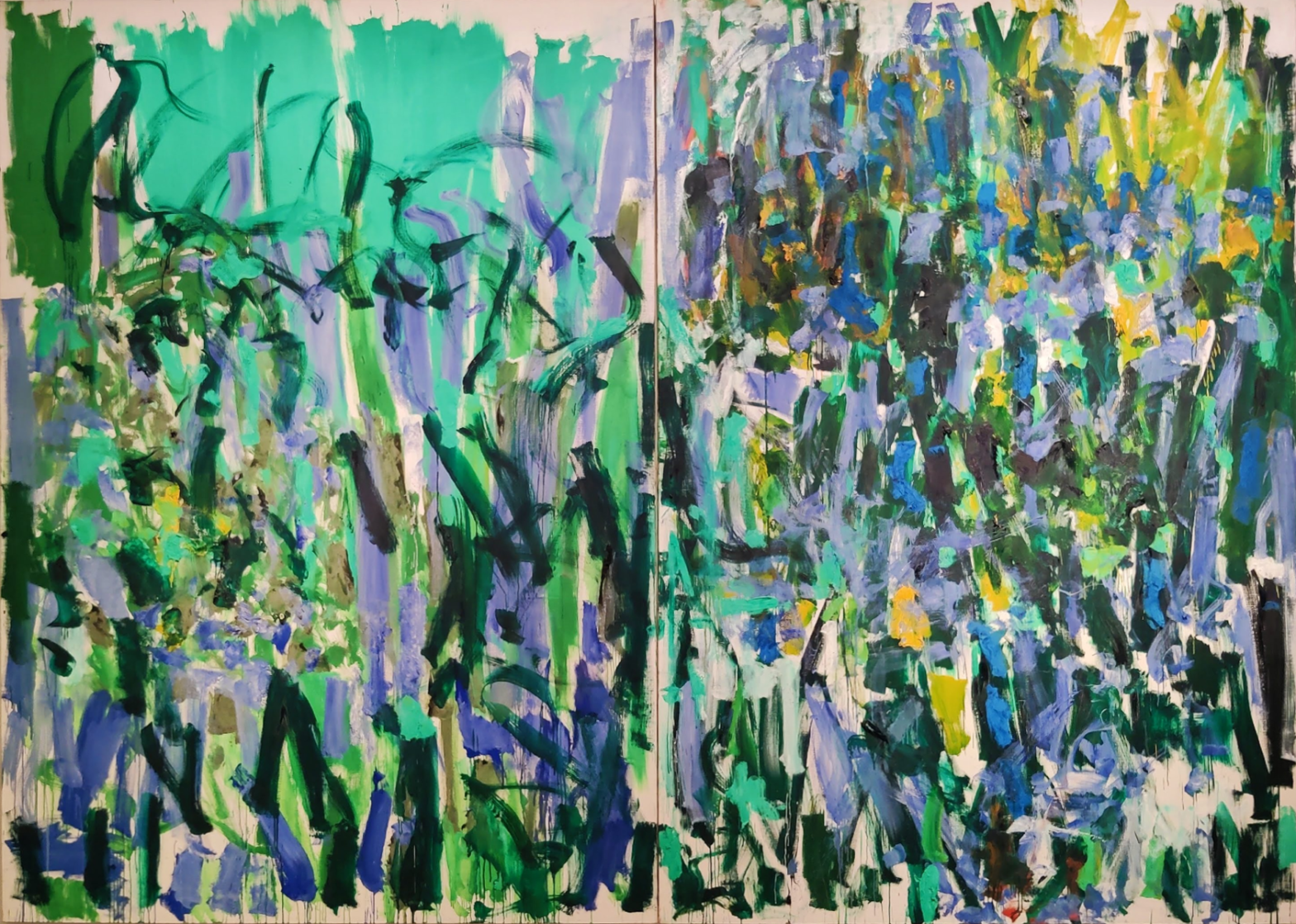
Joan Mitchell
•
In May, I went to see the Joan Mitchell exhibition at the Baltimore Museum of Art; this weekend, I went for the second time.
-
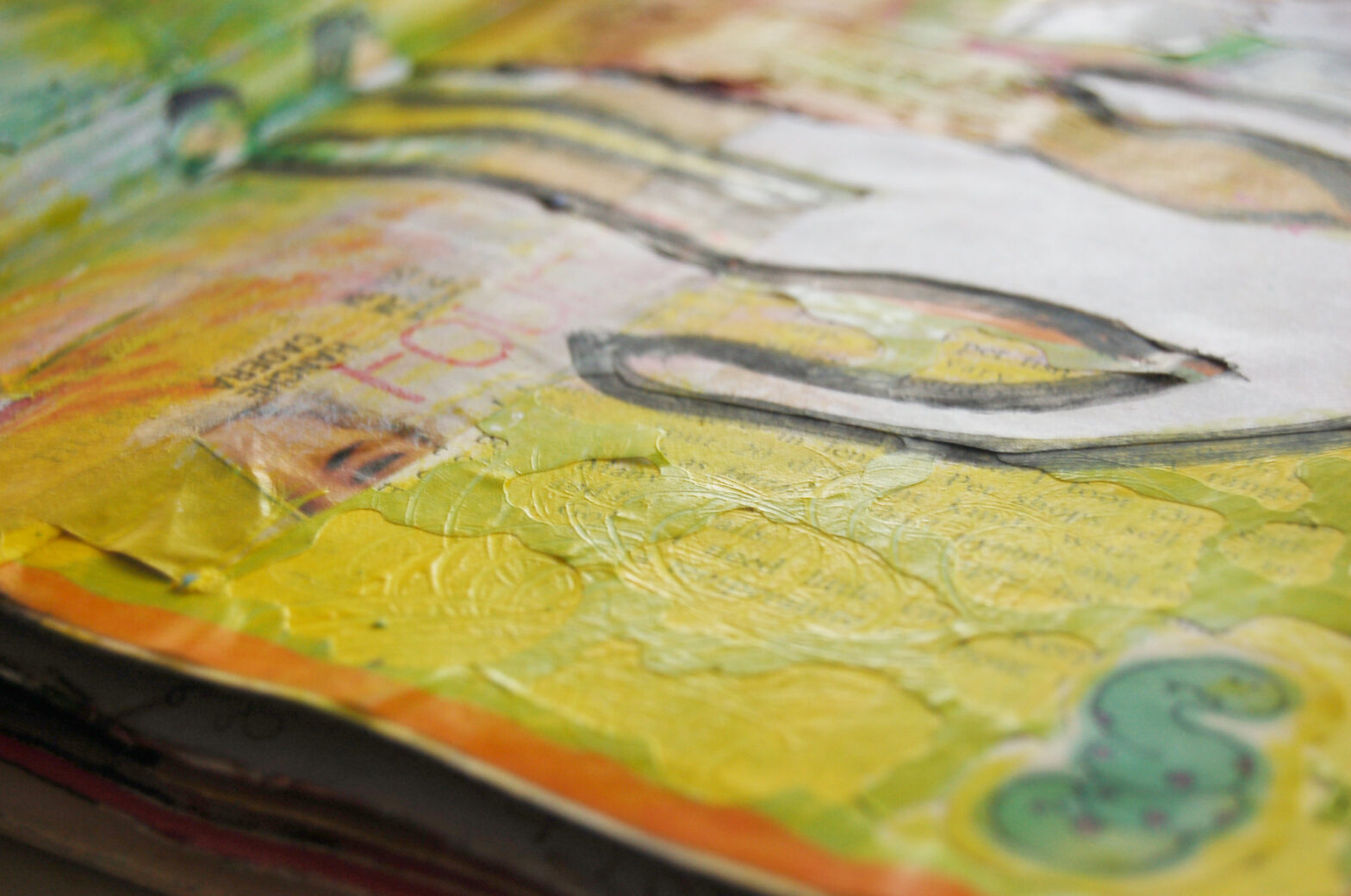
Wisdom from the Past
•
There are so many bits and pieces of those years of writing that still ring true. Sometimes they even speak to and build upon one another.
-
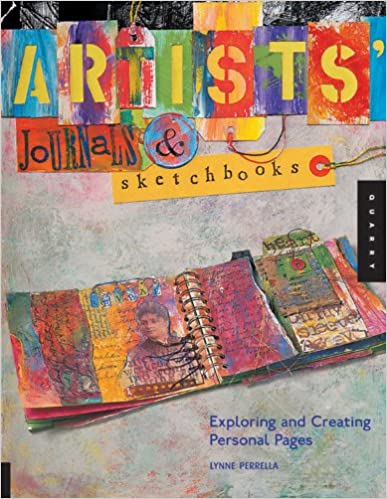
Books About Art Journaling
•
A selection of books about art journaling and creating that I’ve owned and loved over the past 15+ years (and a few I still have on my wishlist).
-
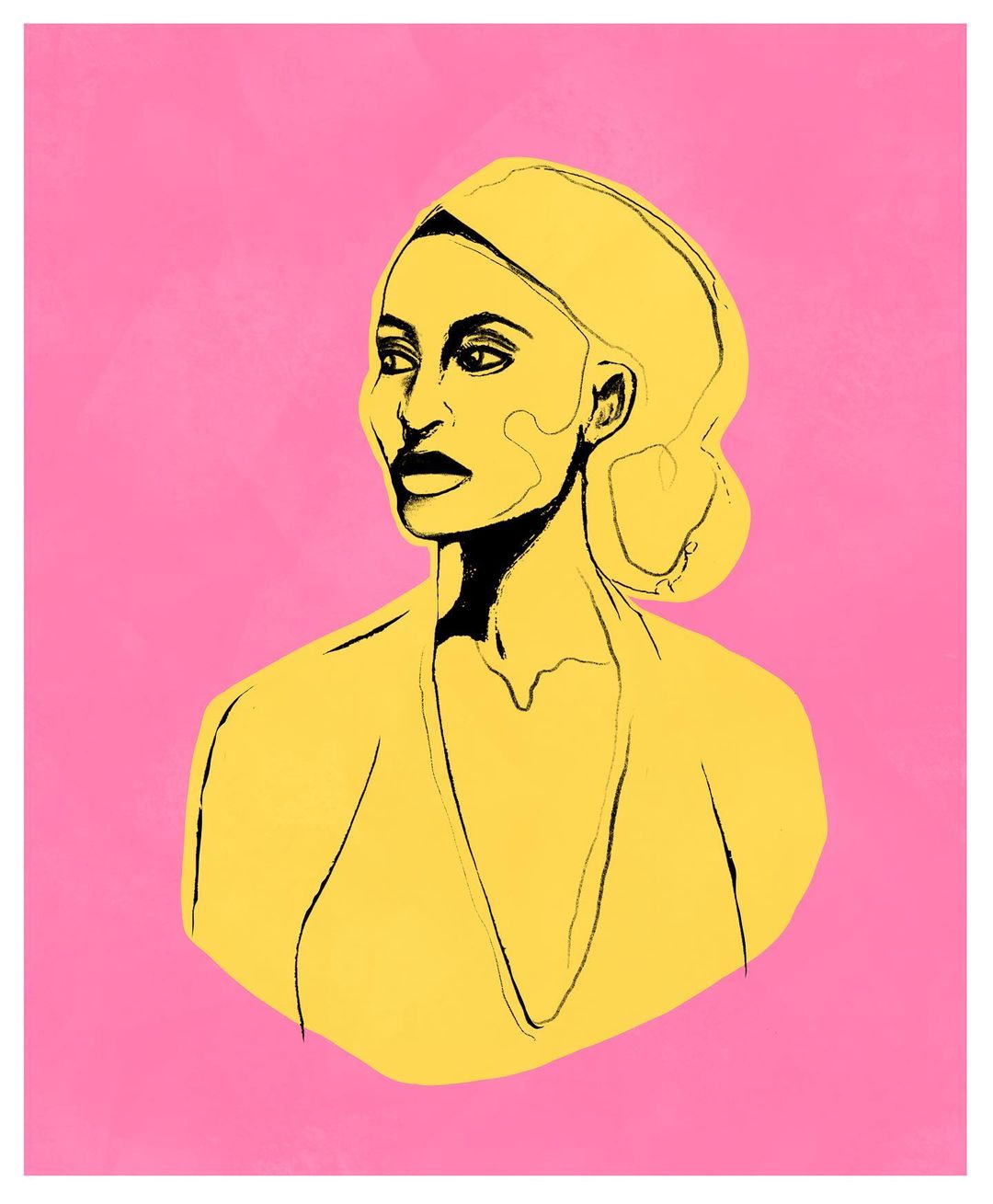
Passing the Mic
•
One of my personal goals is to use my little platform to lift up amazing artists who happen to have brown skin.
